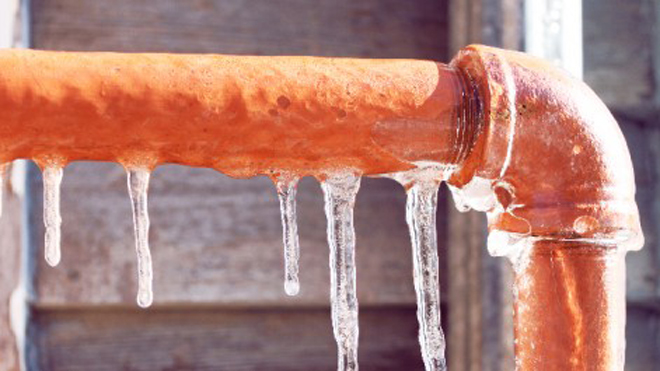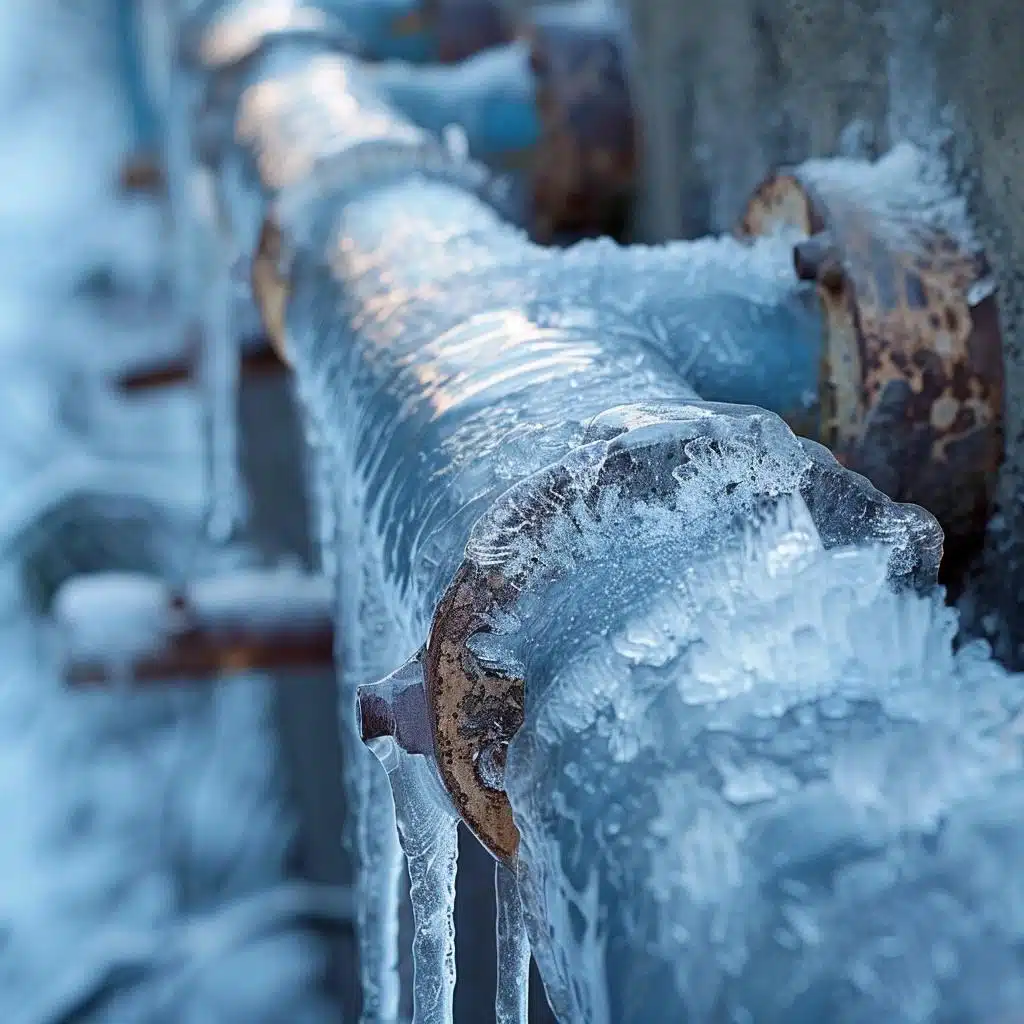Shielding Pipes from Freezing Issues: Critical Strategies
Shielding Pipes from Freezing Issues: Critical Strategies
Blog Article
We have come across this article on How to prepare your home plumbing for winter weather down the page on the net and felt it made good sense to quickly share it with you in this article.

Winter can ruin your plumbing, especially by freezing pipelines. Right here's exactly how to prevent it from happening and what to do if it does.
Introduction
As temperature levels decline, the risk of frozen pipelines rises, possibly resulting in costly repairs and water damages. Comprehending how to stop frozen pipes is crucial for homeowners in cool environments.
Comprehending Frozen Pipelines
What causes pipes to ice up?
Pipes freeze when revealed to temperature levels listed below 32 ° F (0 ° C) for extended periods. As water inside the pipes ices up, it broadens, taxing the pipe wall surfaces and possibly causing them to burst.
Dangers and damages
Frozen pipes can cause water supply interruptions, home damage, and expensive fixings. Burst pipelines can flooding homes and cause extensive structural damages.
Indicators of Frozen Piping
Recognizing icy pipelines early can prevent them from rupturing.
Just how to identify frozen pipelines
Seek reduced water circulation from faucets, unusual smells or noises from pipelines, and noticeable frost on exposed pipelines.
Prevention Tips
Insulating prone pipes
Wrap pipes in insulation sleeves or make use of warm tape to safeguard them from freezing temperature levels. Concentrate on pipes in unheated or external locations of the home.
Heating strategies
Keep indoor spaces sufficiently warmed, specifically areas with plumbing. Open closet doors to enable cozy air to flow around pipelines under sinks.
Securing Outside Plumbing
Garden hoses and exterior taps
Separate and drain pipes yard hoses prior to winter months. Mount frost-proof faucets or cover outside taps with insulated caps.
What to Do If Your Pipes Freeze
Immediate actions to take
If you believe frozen pipes, keep faucets open to eliminate stress as the ice thaws. Use a hairdryer or towels soaked in warm water to thaw pipelines gradually.
Long-Term Solutions
Architectural changes
Take into consideration rerouting pipes away from exterior walls or unheated areas. Include added insulation to attics, basements, and crawl spaces.
Upgrading insulation
Purchase high-grade insulation for pipelines, attics, and wall surfaces. Proper insulation helps preserve regular temperature levels and decreases the danger of frozen pipes.
Conclusion
Protecting against frozen pipes needs positive steps and fast responses. By understanding the reasons, indications, and preventive measures, house owners can protect their plumbing during cold weather.
6 Proven Ways to Prevent Frozen Pipes and Protect Your Home
Disconnect and Drain Garden Hoses
Before winter arrives, start by disconnecting your garden hoses and draining any remaining water. Close the shut-off valves that supply outdoor hose bibs and leave the outdoor faucet open to allow any residual water to drain. For extra protection, consider using faucet covers throughout the colder months. It’s also important to drain water from any sprinkler supply lines following the manufacturer’s directions.
Insulate Exposed Pipes
Insulating your pipes is an effective way to prevent freezing. Pipe insulation is readily available at home improvement stores and is relatively inexpensive. Pay close attention to pipes in unheated areas such as the attic, basement, crawl spaces, or garage. Apply foam insulation generously to create a buffer against the cold. You can also wrap your pipes in heat tape or thermostat-controlled heat cables for added warmth.
Seal Air Leaks
Inspect your home for any cracks or openings that could let in cold air. Seal any holes around the piping in interior or exterior walls, as well as the sill plates where your home rests on its foundation. Additionally, make sure to keep your garage door closed unless you’re entering or exiting. Leaving it open creates a significant air leak that can lead to frozen pipes.
Allow Warm Air Circulation
During cold snaps, it’s essential to allow warm air to circulate evenly throughout your home. Leave interior doors ajar to promote better airflow. Open kitchen and bathroom cabinets to help distribute heat consistently around the rooms. If you have small children or pets, be sure to remove any household chemicals or potentially harmful cleaners from open cabinets for safety.
Let Faucets Drip
A small trickle of water can make a big difference in preventing ice formation inside your pipes. When temperatures drop significantly, start a drip of water from all faucets served by exposed pipes. This continuous flow helps prevent the water from freezing. Additionally, running a few faucets slightly can relieve pressure inside the pipes, reducing the chances of a rupture if the water inside does freeze.
https://choateshvac.com/6-proven-ways-to-prevent-frozen-pipes-and-protect-your-home/

Do you really like reading about Winter Plumbing Precautions: Preventing Frozen Pipes? Post a comment directly below. We'd be happy to hear your feelings about this content. We are looking forward that you visit us again soon. Those who appreciated our blog post kindly remember to share it. Thank you for going through it.
Call Today Report this page